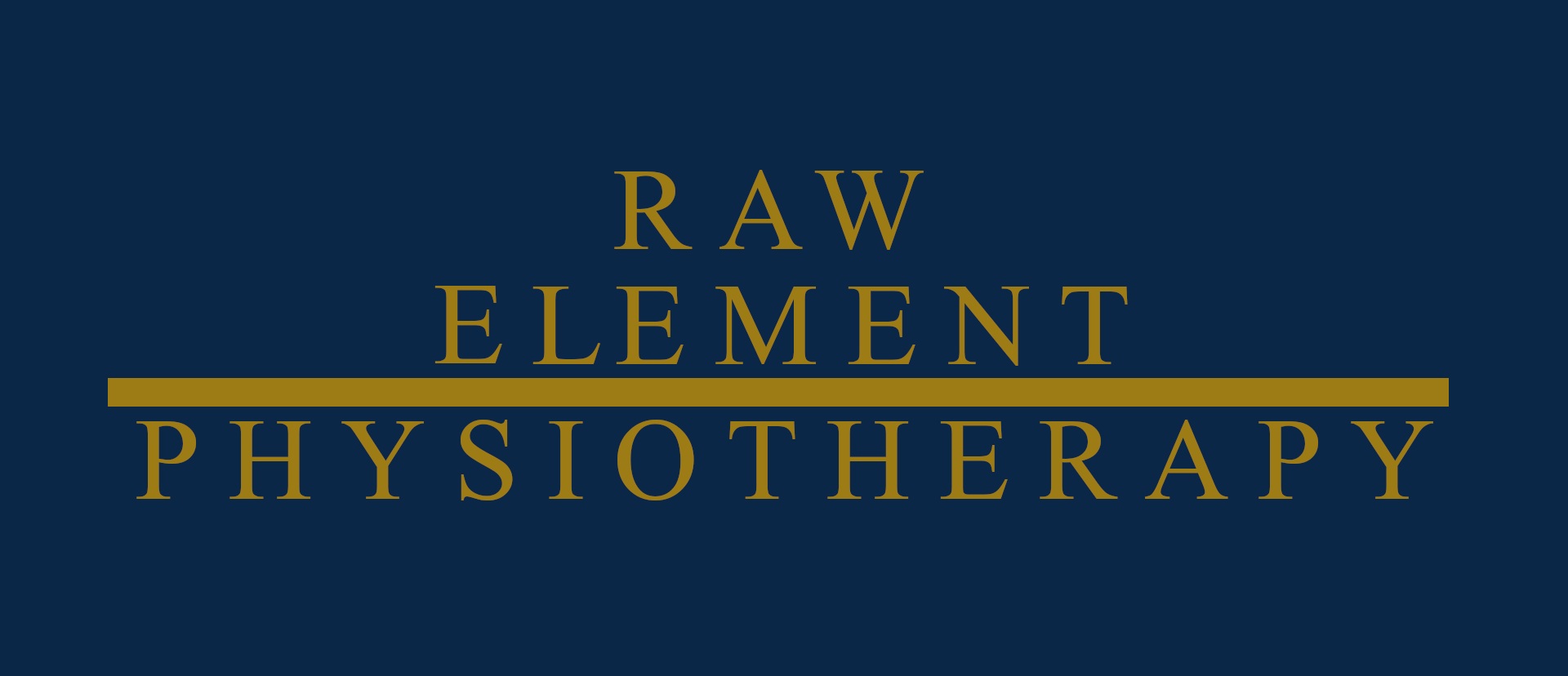Improving Your Turnout
Improving your turnout initially comes from understanding the structural factors that have a direct impact on your range. This post will firstly cover the top five factors, followed by the determinants that we can alter.
1. Angle of Femoral Anteversion
This describes the angle between the shaft relative to the neck of the femur, and its location in the hip socket. Structurally, an increase in femoral anteversion results in less hip rotation where in contrast, a decrease in this angle called femoral retroversion, will structurally allow for more turnout. Both types are congenital and can not be altered with training. However, all is not lost there are other factors that we can alter that we address later on in this post.
2. Orientation of the Acetabulum
The shape and depth of the acetabulum ( hip socket), determines how much movement is available at the hip joint. When the hip socket is positioned more to the side and less forward, structurally this will allow for more turnout.
3. Shape of the Femoral Neck
A longer and depressed neck is advantageous allowing for more movement at the hip. A shorter and more rounded neck will have the opposite effect and potentially limit hip turnout.
4. Elasticity of iliofemoral AKA Y ligament
The hip joint was made for stability rather than mobility. This is due to its depth and strength of the iliofemoral, pubofemoral and ischiofemoral ligaments. The illofemoral ligament, is the strongest and plays an important role in relation to anterior hip stability and strength, however this potentially can limit both hip extension and turnout.
5. Flexibility and Strength of the Muscle-Tendon unit
Flexibility training and strengthening within these limits, can certainly improve turnout. Specifically, activation and motor control exercises for the deep hip lateral rotator muscles, can effectively optimise turnout.
So is Turnout all from my hips?
The simple answer is no, and firstly by understanding that turnout is not all from your hips is a great place to start.
65 % : Outward rotation of the Hip
20-30 %: The Ankle
Remaining %: Tibia and Knee Joint
It was thought that turnout is only based on how much external rotation there is at the hip joint, but actually turnout also includes a contribution from the ankle and tibial torsion. Considering whole leg turnout can provide the answers you have been looking for.
Dancers are clever and sometimes forcefully place their feet in a position that may aesthetically look like they have more turnout than they actually do. This does not demonstrate how much passive turnout a dancer has and in fact this compensation placement is also attempting to reduce tension of the Y-ligament in the hip.
However, forcing turnout can result in poor motor pattern development and compensatory problems, which unfortunately correlate with injuries in the feet, knees, hips and lumbar spine.
Common Compensations
Excessive pronation with the feet
Tipping the pelvis forward into anterior tilt to decrease tension on the Y ligament.
So what can we do about it ?
Well everybody’s anatomy is different and what works for someone else, may not be the answer for you. Structurally the hip cannot be changed with training, but what can be is the strength of the surrounding hip muscles and the body’s motor control. Meaning, how we coordinate and time muscle recruitment.
Additionally, understanding Passive verse Active Turnout is also useful.
Passive turnout is the body’s true turnout, displayed through an assisted movement.
Active turnout is dependent on strength and the ability to recruit the right muscles efficiently to take the joint to its end of range.
In Summary
Train in a way that builds strength and control.
Avoid forcing turnout as this could lead to compensatory movements and potential injury.
A thorough Dance Assessment involves assessment, treatment and prevention of common musculoskeletal related dance injuries. Together with your Physiotherapist, a discussion based on patient goals and achievable functional changes will determine a targeted training program using evidence based treatment
Turnout training exercises should be specific and progressive.
If you would like to find out more, give us a call and book in a dance assessment with our dance physio’s; Steph and Ces, and together, you will find the answers to all your turnout questions.
Written by: Cecilia Mizzi
References
Grossman, G. (2017). Turnout in Dancers: A Comprehensive Overview of Active and Passive Turnout. International Association for Dance Medicine & Science Resource Paper. The IADMS Bulletin for Dancers and Teachers. Volume 7, Number 1.
Krasnow, D., & Wilmerding, V. (2011). Turnout for dancers: supplemental training. International Association for Dance Medicine & Science Resource Paper.
Pata, D., Welsh, T., Range, V., & Bailey, J. (2017). Improving Dancer Turnout. International Association for Dance Medicine & Science Resource Paper. The IADMS Bulletin for Dancers and Teachers. Volume 7, Number 1.
Sherman, A. J., Mayall, E., & Tasker, S. L. (2014). Can a prescribed turnout conditioning program reduce the differential between passive and active turnout in pre-professional dancers? Journal of Dance Medicine & Science, 18(4), 159-168.
Wilmerding, V., & Krasnow, D. (2011). Turnout for dancers: hip anatomy and factors affecting turnout. InternationalAssociation for Dance Medicine & Science Resource Paper.

